There is one masterpiece, the hexagonal cell,
that touches perfection.
No living creature, not even man,
has achieved, in the centre of his sphere,
what the bee has achieved in her own:
and were someone from another world
to descend and ask of the earth
the most perfect creation of the logic of life,
we should needs have to offer the humble comb of honey.
— Maurice Maeterlinck, The Life of the Bee, 1924
Hexagons are everywhere in nature — in an insect’s eyes, marine animal skeletons, a snowflake, rock formations on the Giant’s Causeway and Devils Postpile, clouds over the North Pole of Saturn and, yes, even in a hexagonal honeycomb.
The hexagon is thought by some to be a icon of symbolism, of the universe’s inherent symbolic order, and of harmony and balance.

Why a hexagon?
The hexagon is one of the strongest shape known. Only triangles are stronger.
Mathematicians also say that the hexagon is nature’s most efficient shape. ‘It uses the least amount of material to hold the most weight’ and yet is very compact with no wasted space or minimum perimeter for maximum area. It is also known that angles of 120 degrees are the strongest or most mechanically balanced. All angles in a hexagon are 120 degrees. A honeycomb of 100 grams can support a weight of up to 4 kilograms!
No wonder the beehive shape and resulting honeycomb pattern are hexagonal. Back in the 18th century, even Charles Darwin noted that honeycomb was ‘absolutely perfect in economising labour and wax.’
With a hexagonal honeycomb structure, bees utilise precious space and resources efficiently. There’s no space wasted in a beehive, all because the honeybees construct a hexagonal pattern honeycomb for storing honey and other items essential for the colonies survival. From an evolutionary perspective, use of the hexagon makes sense to conserve resources (more on this later).
What is a honeycomb?
So, what is a honeycomb?
Beehive honeycombs are the sheets of hexagonal structures created by honeybees. The honeycomb has multiple functions:
- It serves as a storage chamber for larvae, wax, bee pollen, propolis, royal jelly, water and honey.
- It protects the larvae and all the bees inside the beehive.
- It serves as a well-organised structure for the beehive.

What is the honeycomb made of?
The honeycomb is made of beeswax, a resinous material secreted from glands on the abdomen of worker bees. Chemically, beeswax consists mainly of esters of fatty acids and various long-chain alcohols. The bees produce about 100 grams of wax for every one kilo of honey they consume. The bees eat the honey as the sole source of carbohydrates required to make energy. They source the protein required to grow from pollen.
How do bees make wax?
Worker bees excrete wax scales from glands located on their abdomen. The bees constantly groom each other, removing the wax and chewing it with honey and pollen to produce the final product that is used to make honeycomb. Producing wax is hard, so bees use the hexagonal shape for the cells to ensure they don’t waste any.
When making the comb, bees crawl into the cells to determine the appropriate depth and use their other body parts to ascertain the right width for the comb walls. They also instinctively tilt the cells upwards a few degrees in order to prevent honey from dripping out before the cell is capped.

What can you do with honeycomb and beeswax?
Honeycomb is one of nature’s most exquisite treats to eat. When you bight into the comb, you can feel the crunch of the wax as cells pop open to release the totally raw honey. The flavour of this honey is slightly different to even the most carefully packed raw honey as the extraction process does allow a few volatile flavonoids to escape. There is very little wax in the comb, and this is safe to eat. But if you do finish up with a small wax ball in your mouth, just spit it out as you would some chewing gum.
Honeycomb also pairs with both savory and sweet foods. Add some to a cheese board and be amazed at how it tastes with a pungent blue cheese (the type most people would not eat), or any other hard cheese. Alternatively, use it as a base or topping for any type of desert containing berries, yogurt or cream.
Raw beeswax, is used for making candles and soaps. It is also used as a cooking and cosmetics ingredient, conditioner for wooden kitchen implements, seasoning for cast iron skillets or pans, furniture and shoe polish and many more.
Beehive cells and how they are made
In a hive various sized hexagons cells perform different functions.
- Brood cells: These are normal sized hexagonal cells that the queen lays the worker bee eggs, where they grow into baby bees.
- Drone cells: Drones are male bees, who are a little bigger than their worker bee sisters. The drone hexagonal cells are a little bit bigger.
- Queen cells: The queen cells start with a queen cup where the existing queen will lay fertile eggs. The larvae that develop and mature in these cells grow into new queens. There are two types of queen cells: supersedure cells and swarm cells. Bees build supersedure cells when they know they have to replace a sick, old or missing queen. Swarm cells are produced when the hive is becoming overcrowded and the current queen is preparing to leave with part of the hive to establish themselves elsewhere.
- Pollen cells: These hexagons are like little rooms for the bees and serve as storage facilities.
- Storage cells: There are uncapped cells containing nectar that still has a high moisture content. Storage cells that are capped contain honey.
How honeycomb is made
Bees have a natural instinct to be able to make honeycomb with perfectly shaped hexagonal cells. But commercial beekeepers give their bees a helping hand by supplying a frame containing a was foundation imprinted with the shape of normal hexagonal cells. However, the bees with make their own drone or queen cells when they need them.

How beehive nests and honeycomb are made in the wild
Before wild honeybees can start constructing their nest (a term used to refer to a beehive made by wild honeybees), they first need to find a suitable location. An ideal location would be accessible but not exposed to the elements. This is why nests are usually found in rock crevices, hollowed-out tree trunks or logs, the underside of roofs and other similar places. They prefer to have only one small entrance to make it easier to guard the nest from intruders who would try to steal the honey.
Surface preparation
Honeycomb construction starts with the worker bees covering the walls with a thin layer of propolis.
Bee propolis consists of plant resins collected by the bees, wax secreted by the bees and bee saliva. Bees use this material to cover the inside surfaces of the hive at different stages of construction, primarily for the purpose of binding things together. This is why bee propolis is sometimes called ‘bee glue’. Propolis also has strong anti-microbial power, so it also disinfects that space the wild bees make their nest in.
Cell formation
After covering the walls with propolis, it’s time for honeycomb building, where the bees chew on the wax they secrete to soften it. Then they bond bits of wax together and form individual beehive hexagonal cells. They start from the top, building sheets of honeycomb downwards and outwards. They build as many sheets of honeycomb as can fit into the space available, and use they cells created for storing nectar, pollen, water, honey, and larvae.
It must be noted here that as the bees age, they produce a lower quality of wax. This is why the worker bees in charge of comb-building need to be between two to three weeks old so they produce high-quality wax. Worker bees only live for about six weeks during the busy honey harvesting season.
When the construction work is finished, the colony will live in the hive for several years. While certain types of bees and wasps rebuild yearly, honeybees do not. What they do is create a sturdier structure that they can use for a longer period of time.
It usually takes a colony of bees a month or so to build a functional nest, although the building duration also depends on the species, colony size and food supply. However, it’s not unusual for bees to continue to expand their hive to accommodate more food for winter, so honeycomb size usually varies per colony.
As you already know, the walls of a completely constructed honeycomb are very strong such that they can support up to 30 times their own weight. This enables the comb to hold honey, pollen, various bee cells and queen cells.
Bees are truly marvellous engineers.
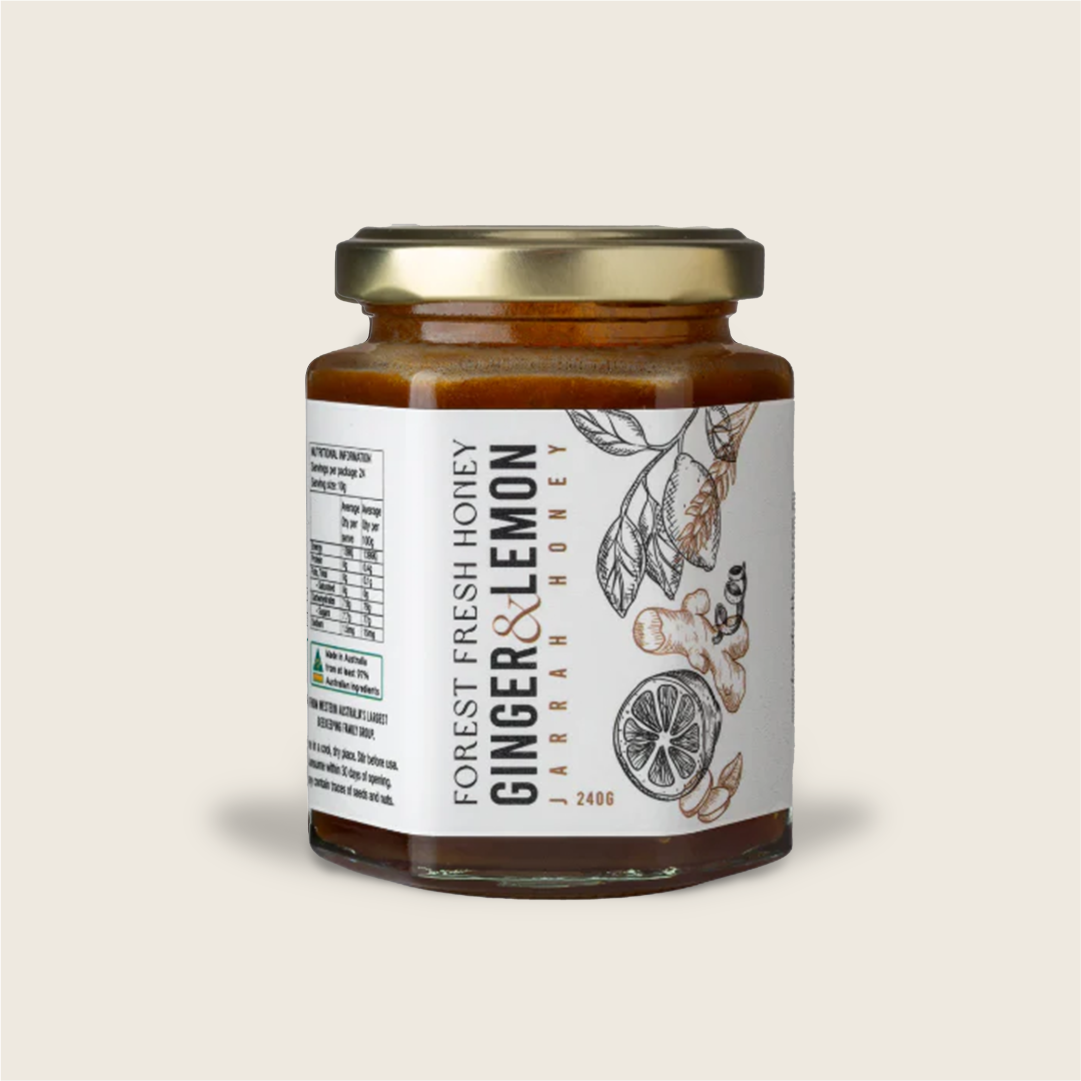
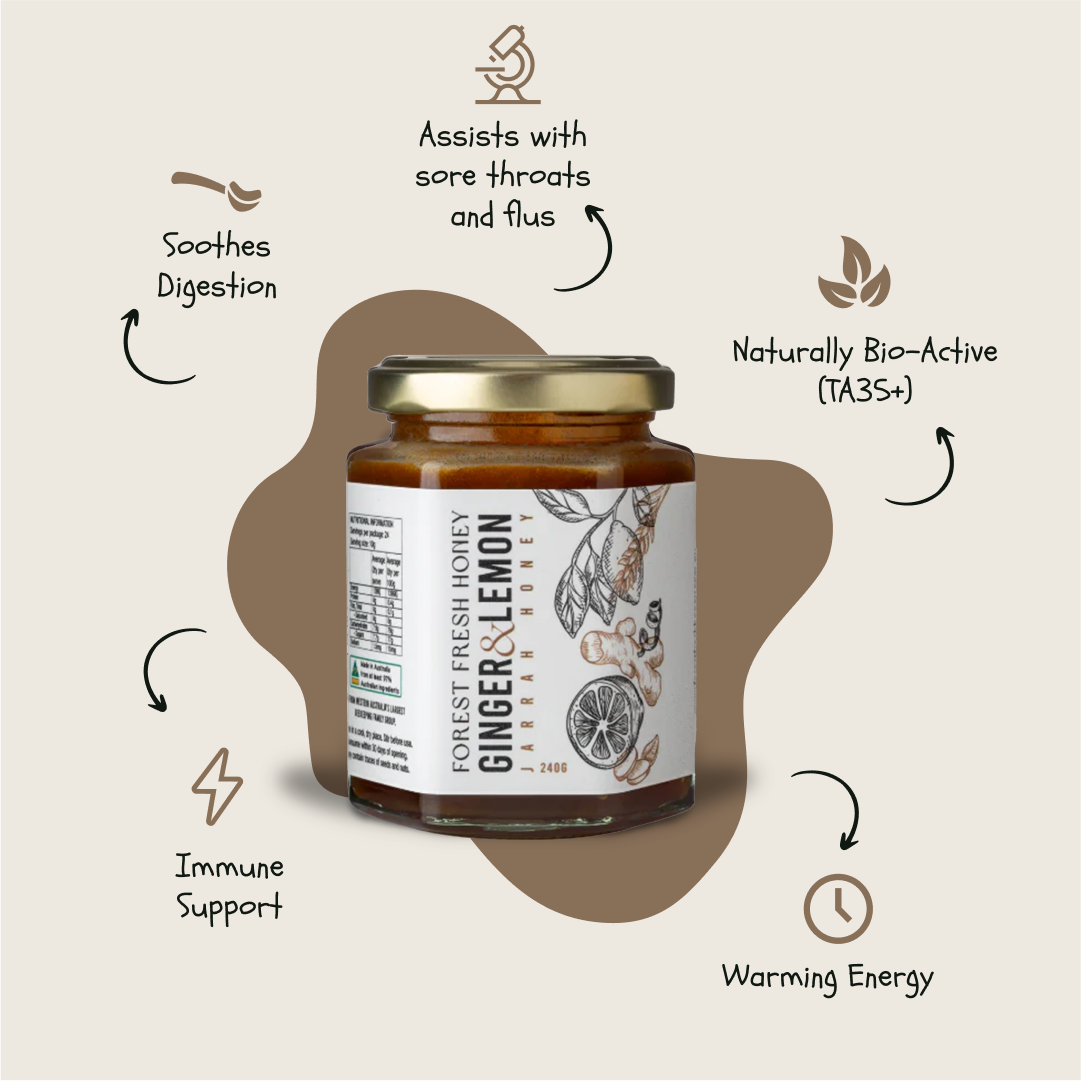

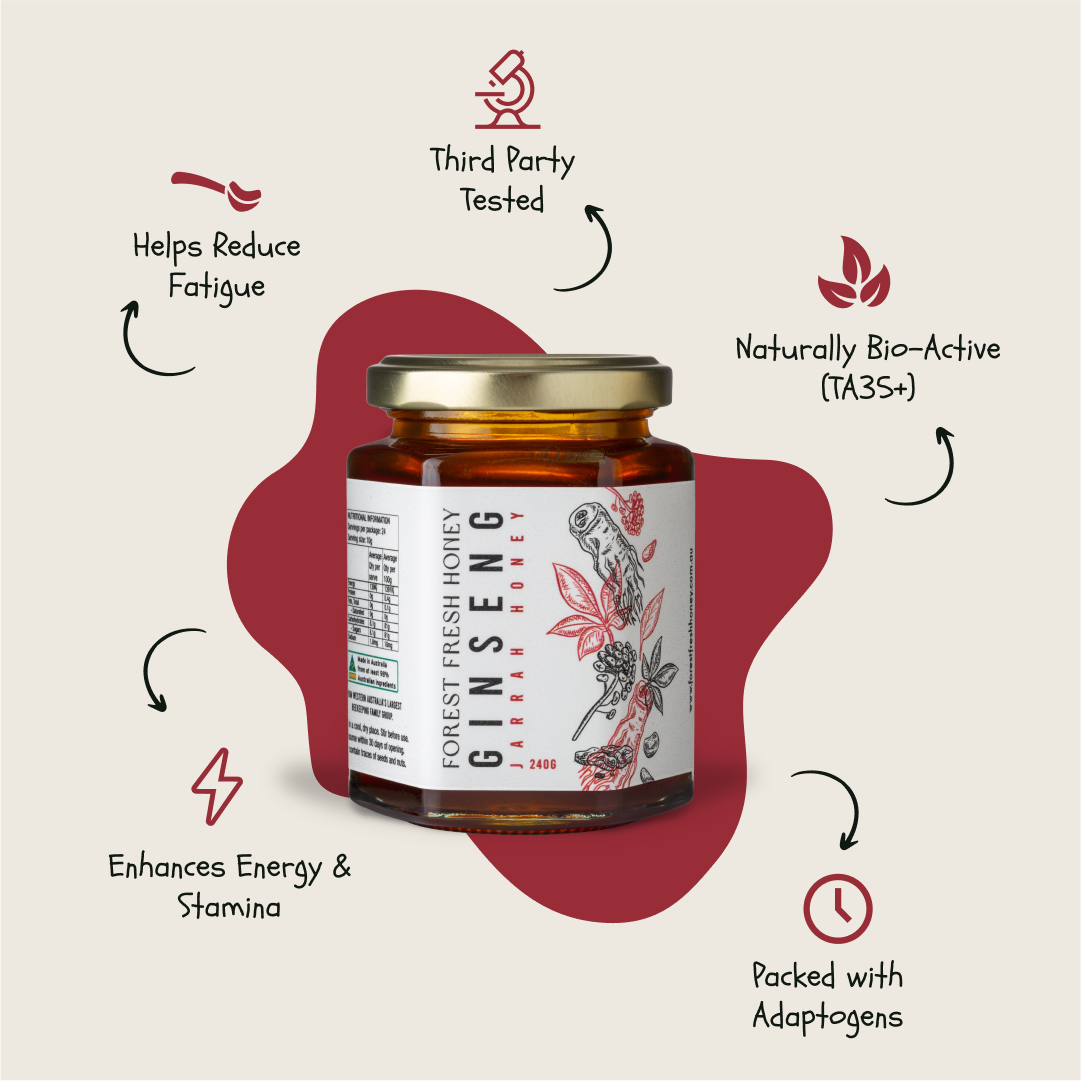
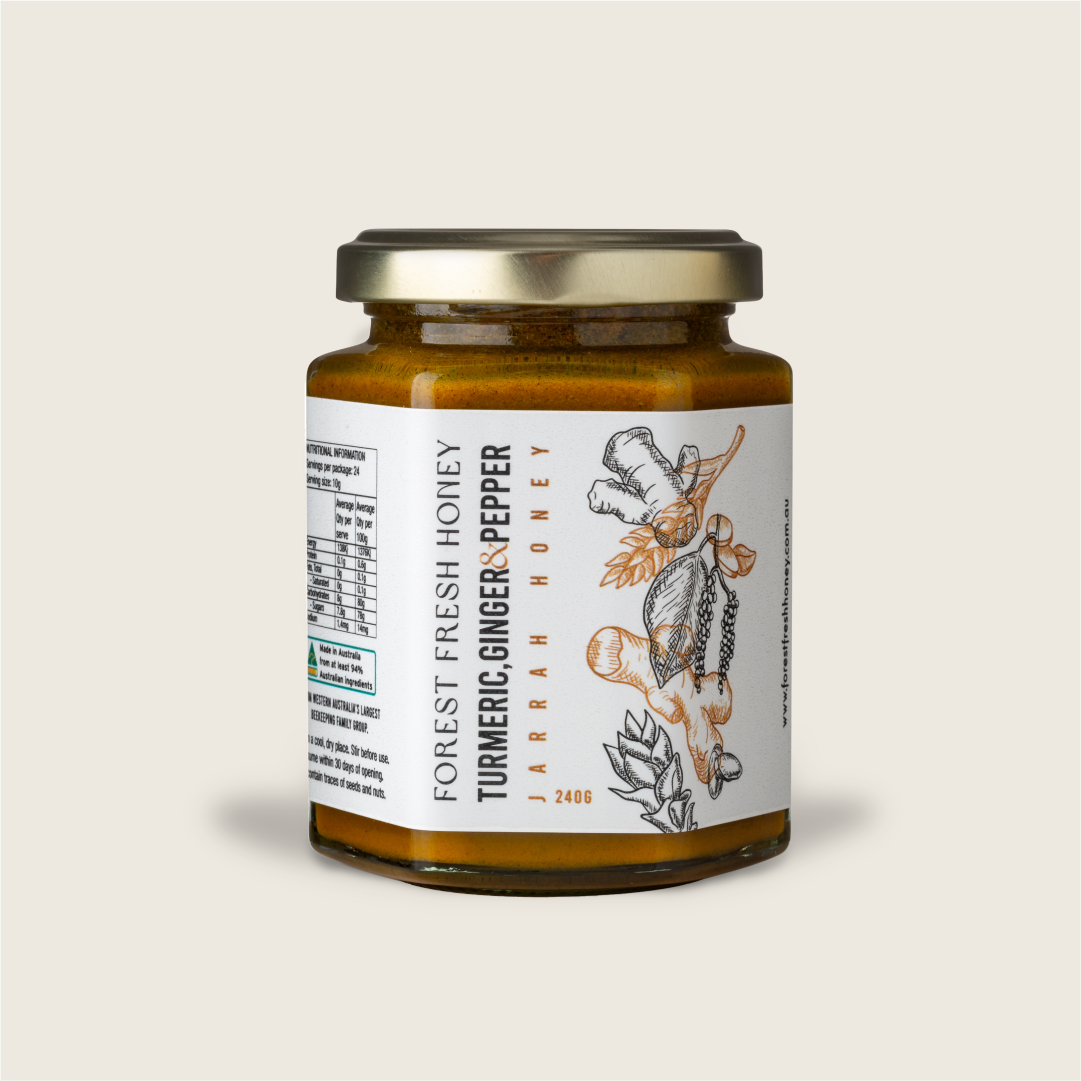

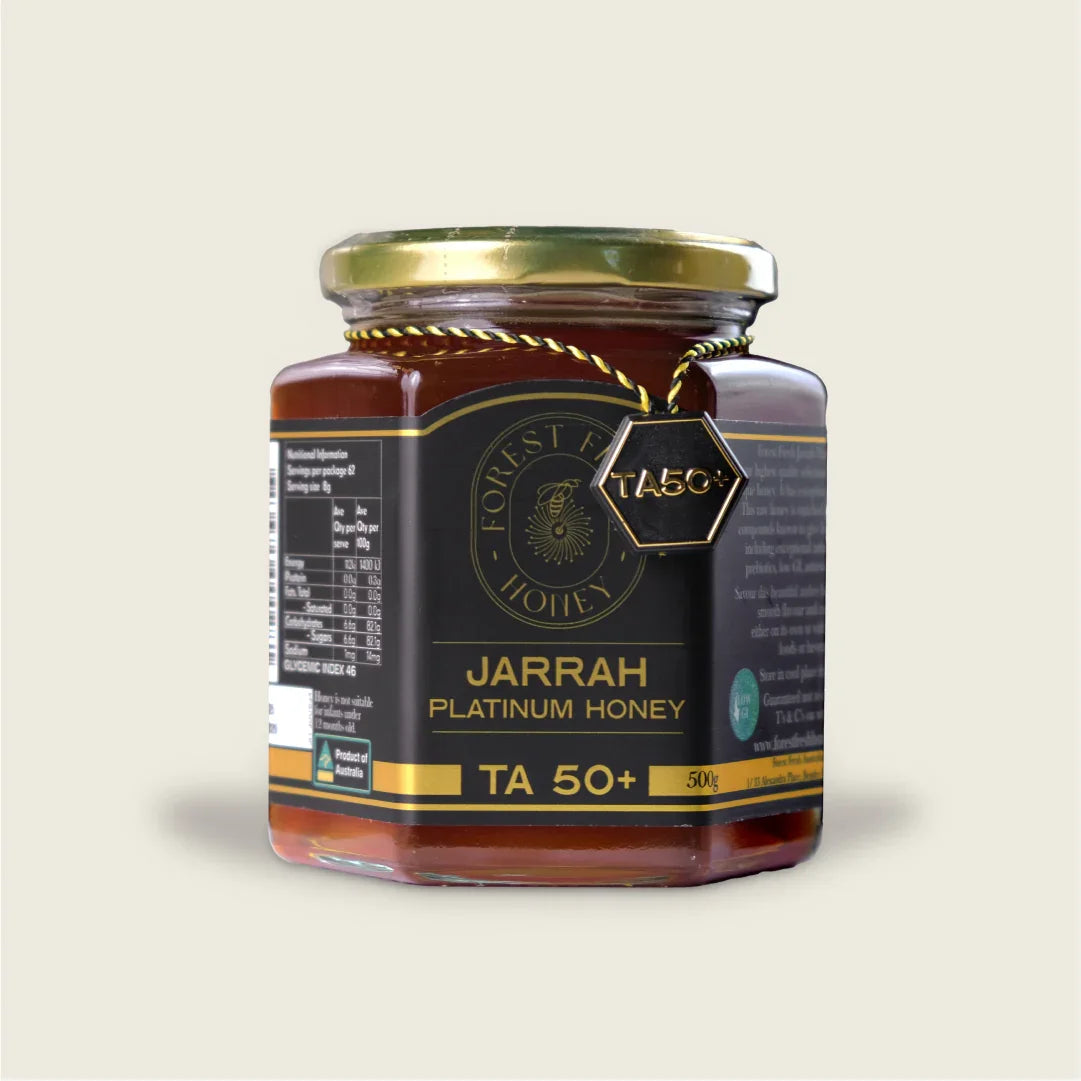
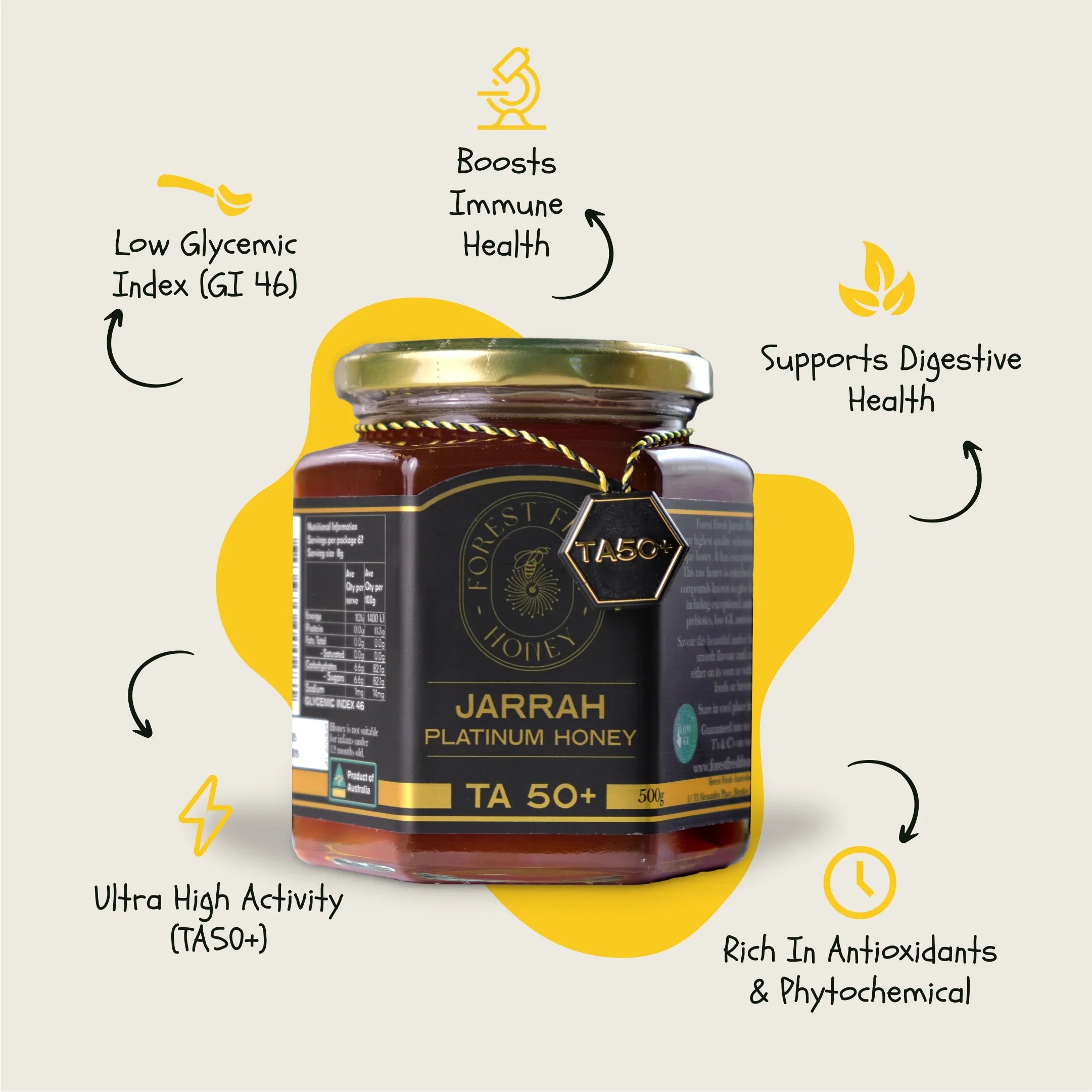
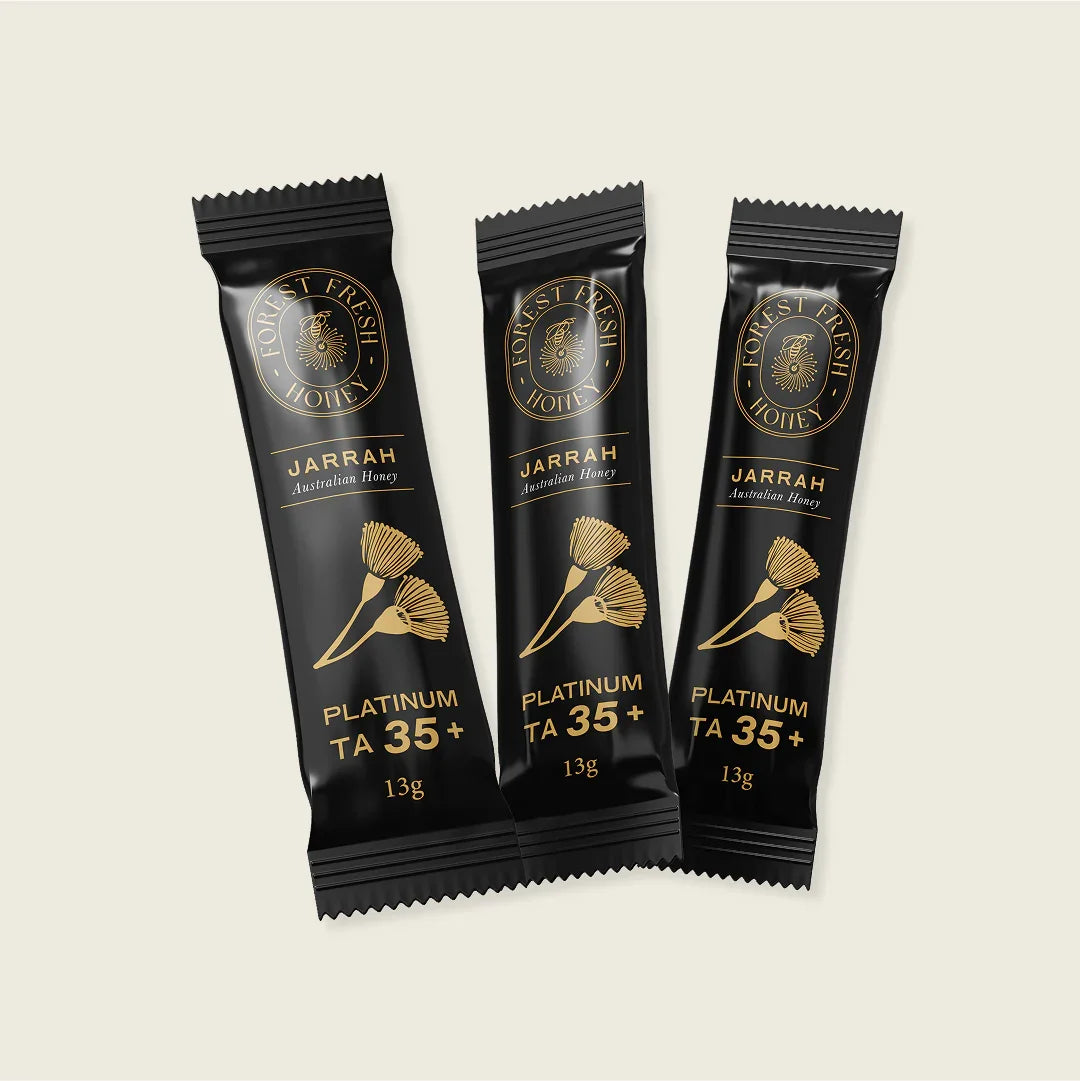
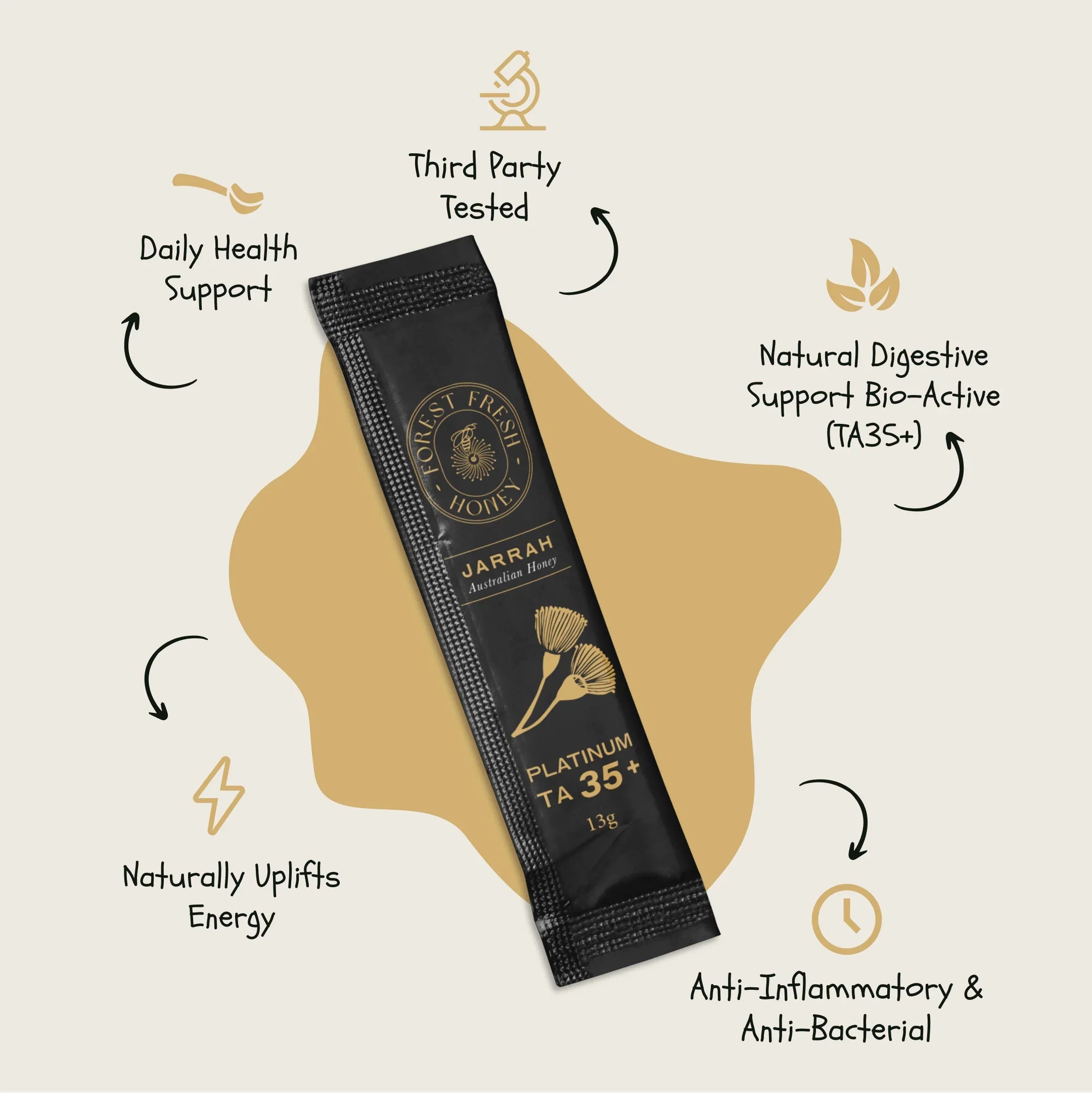


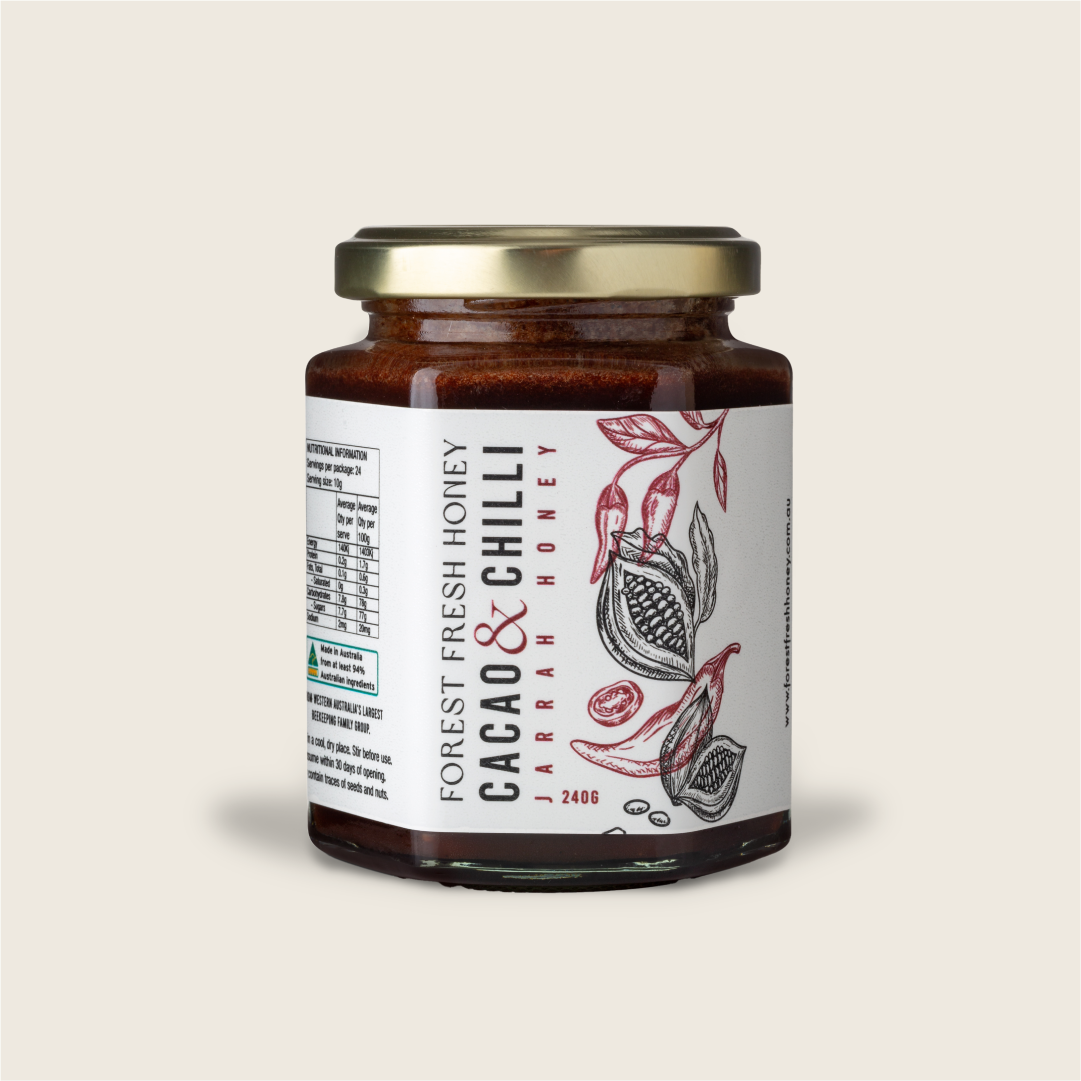
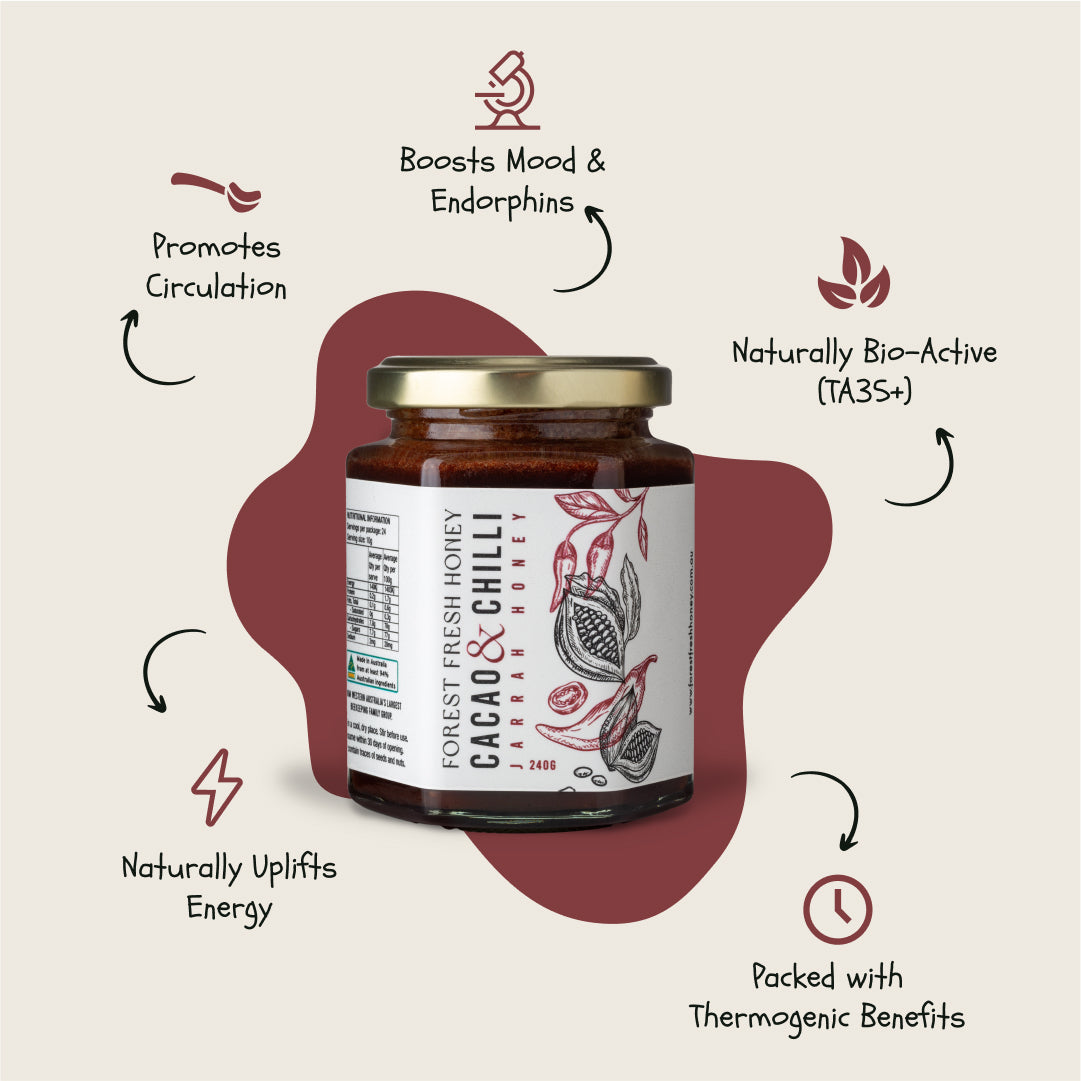
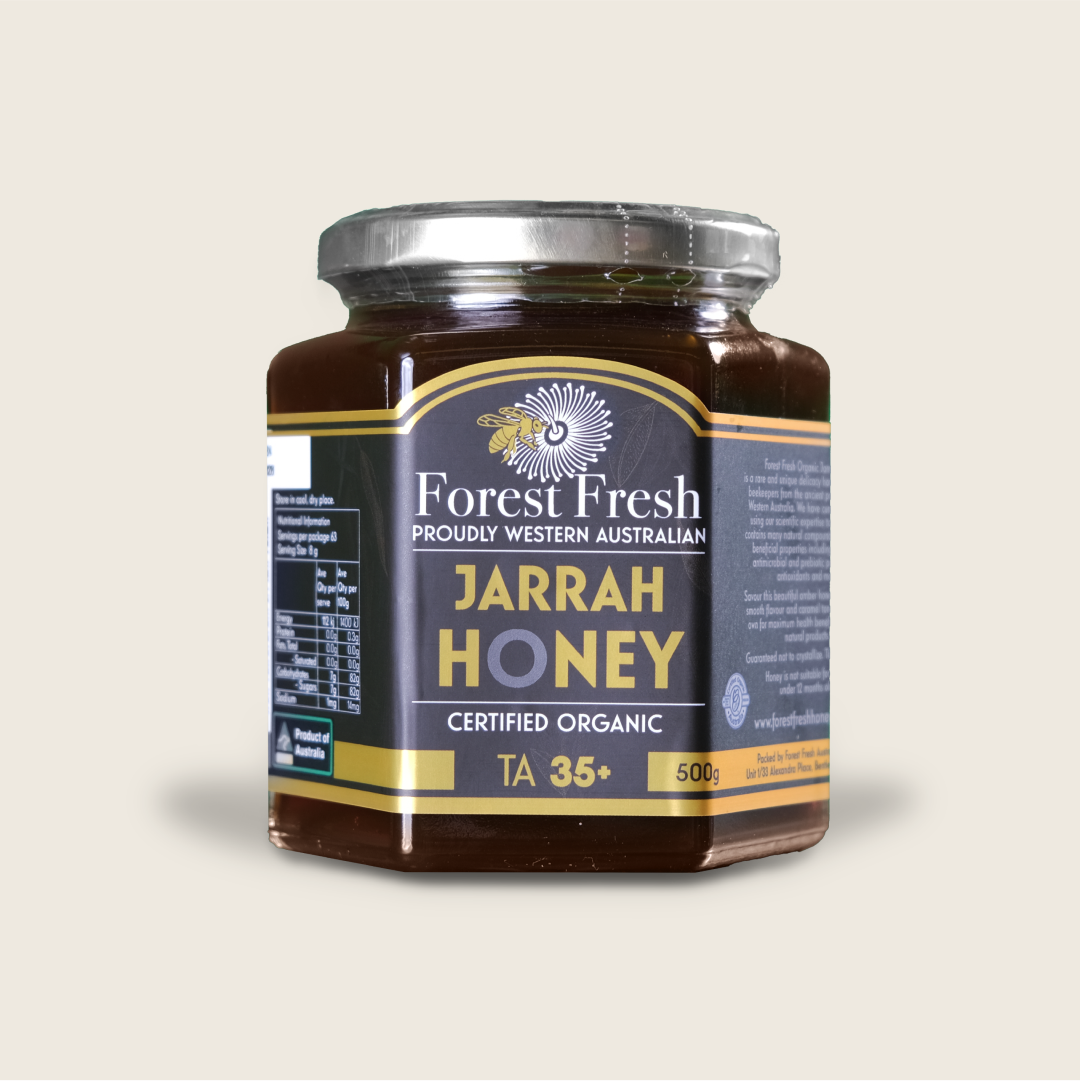
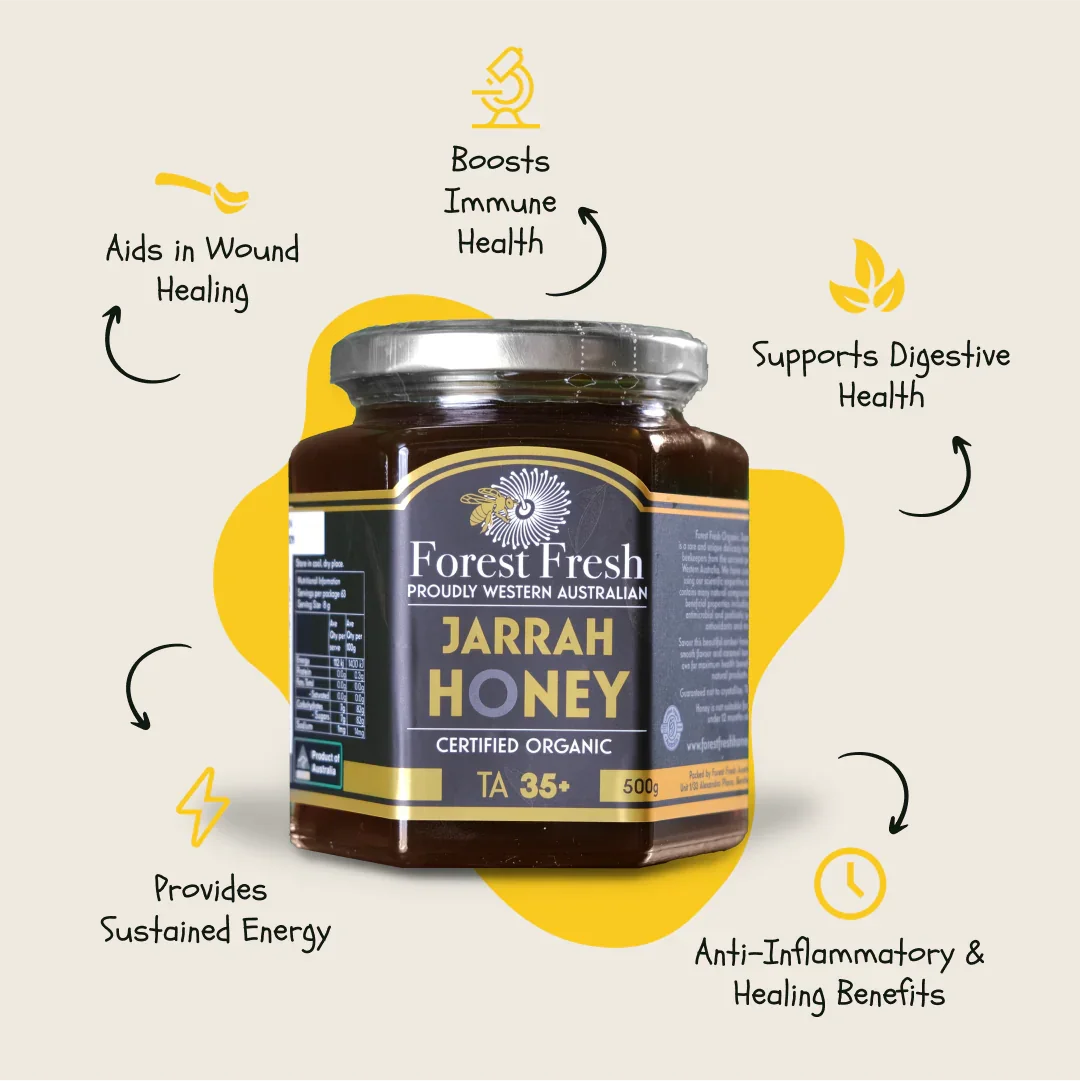



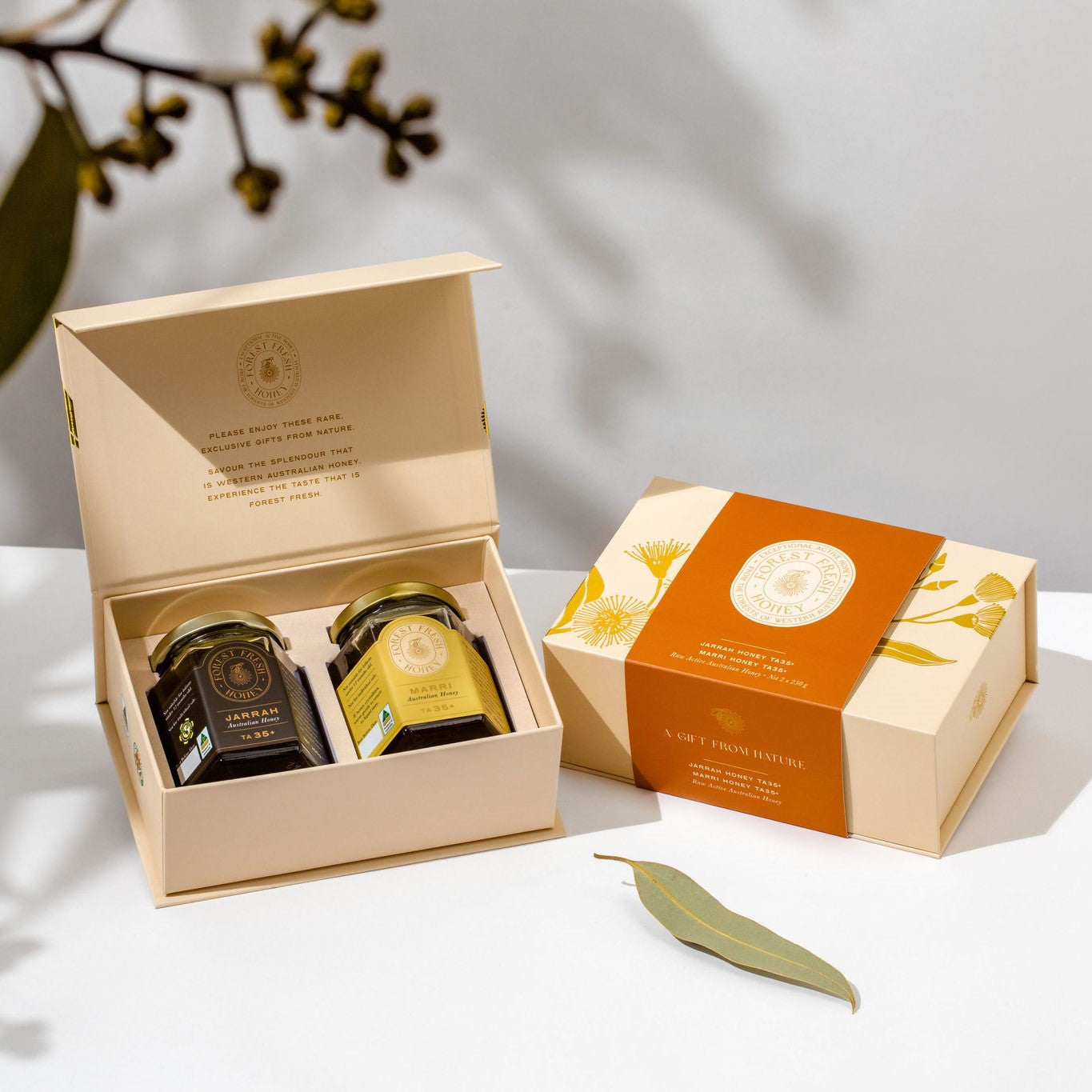
1 Comment
Having read this collum in wonder at the ability of nature to outperform human endeavor with just instinct and no brain as we know it. wonderful.!!!